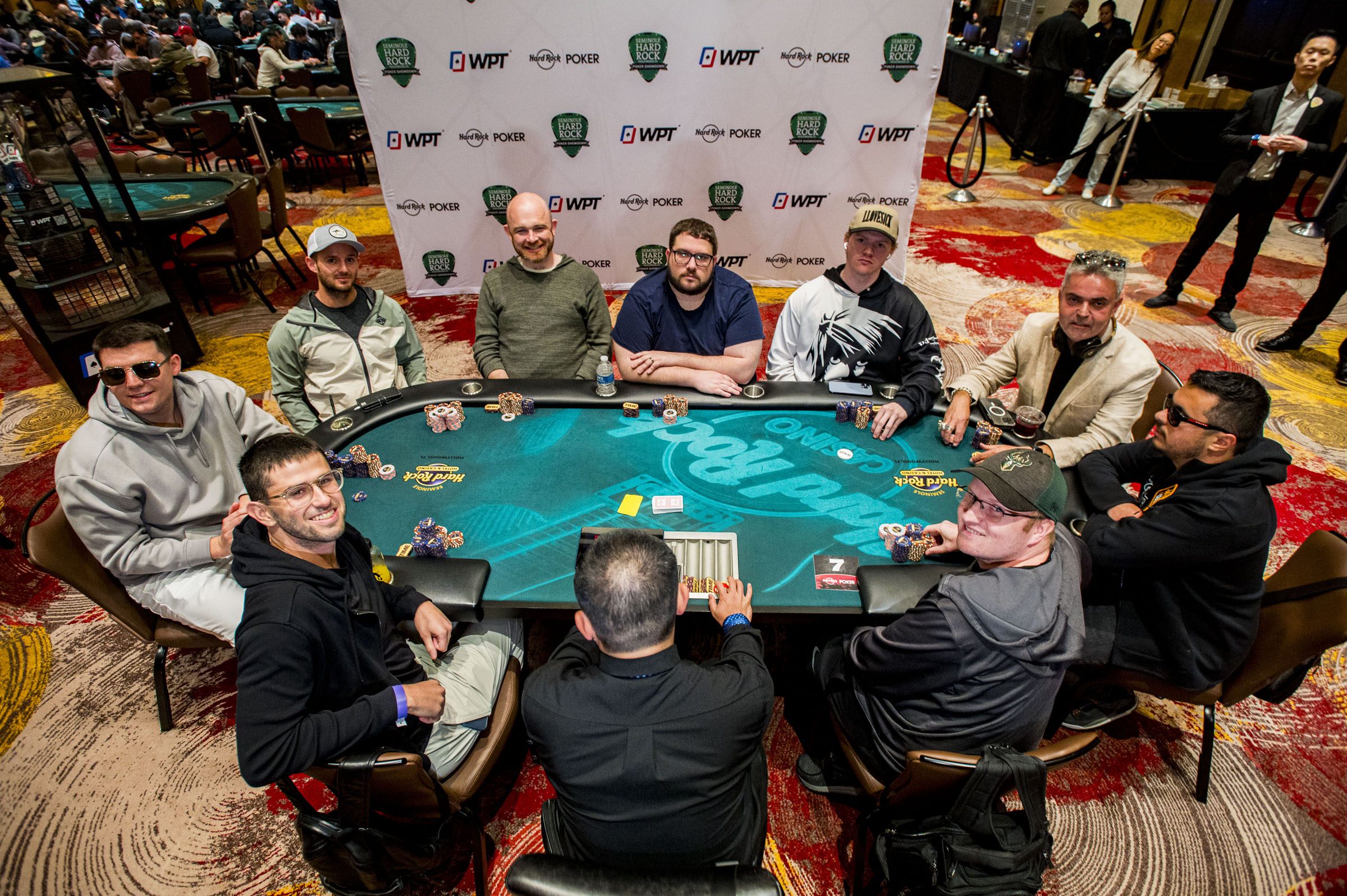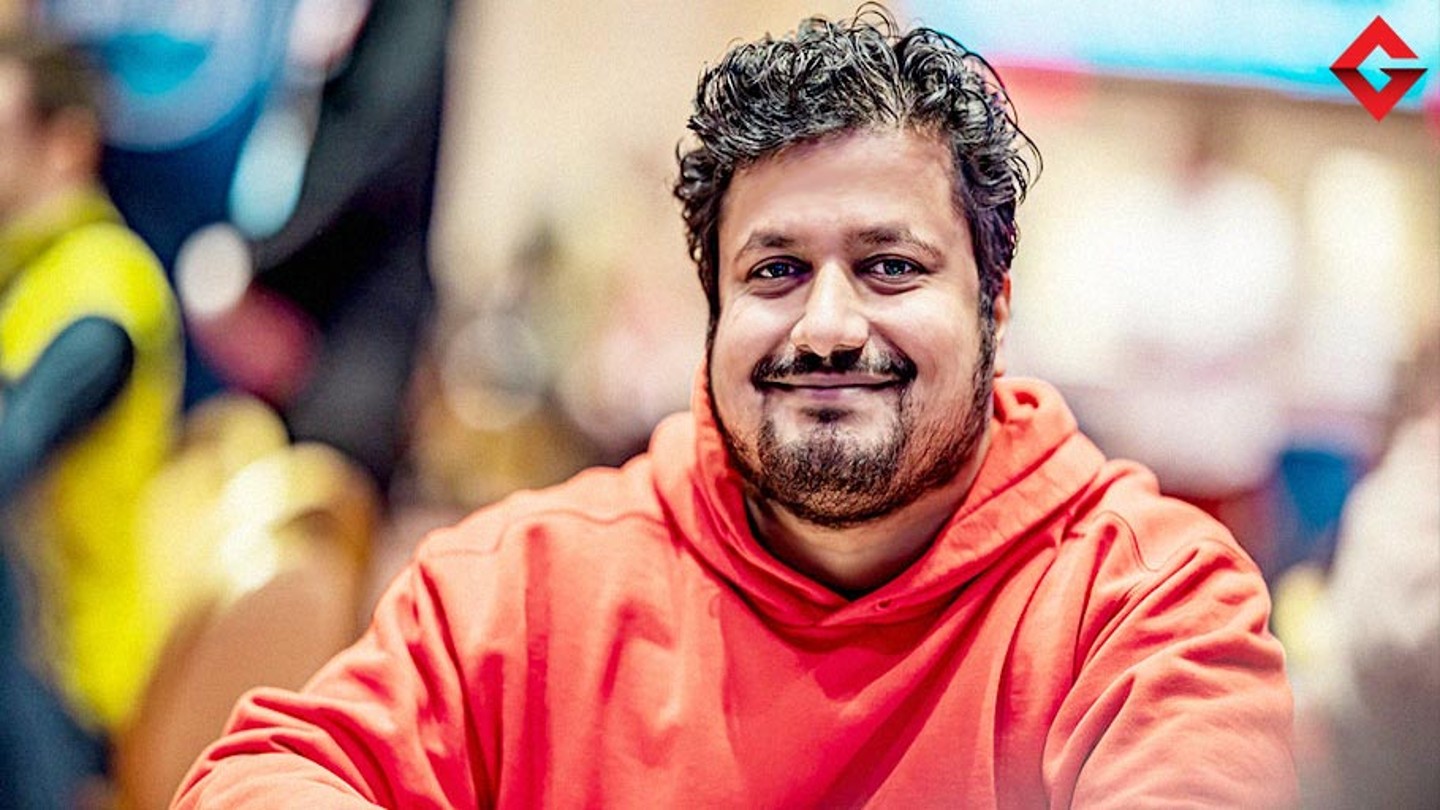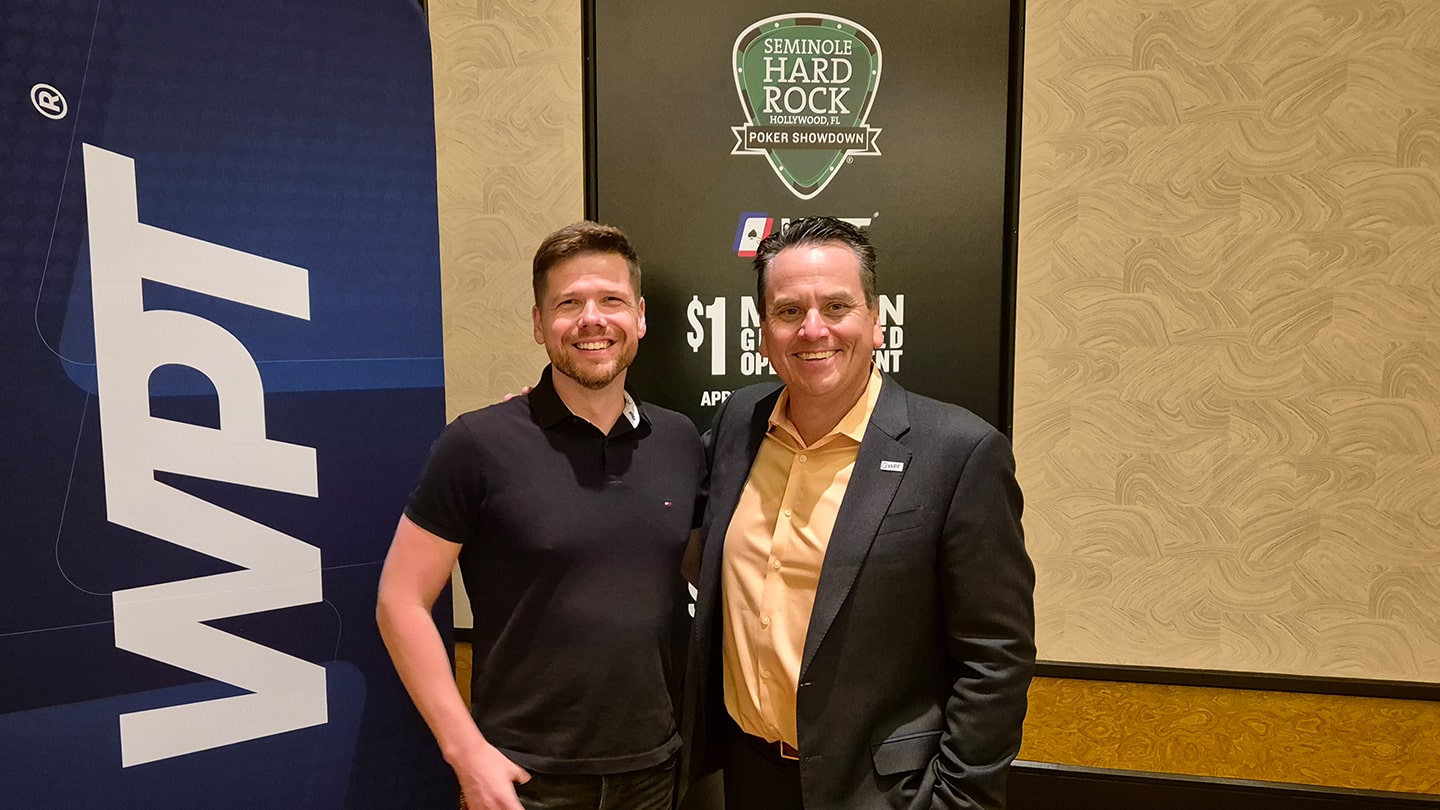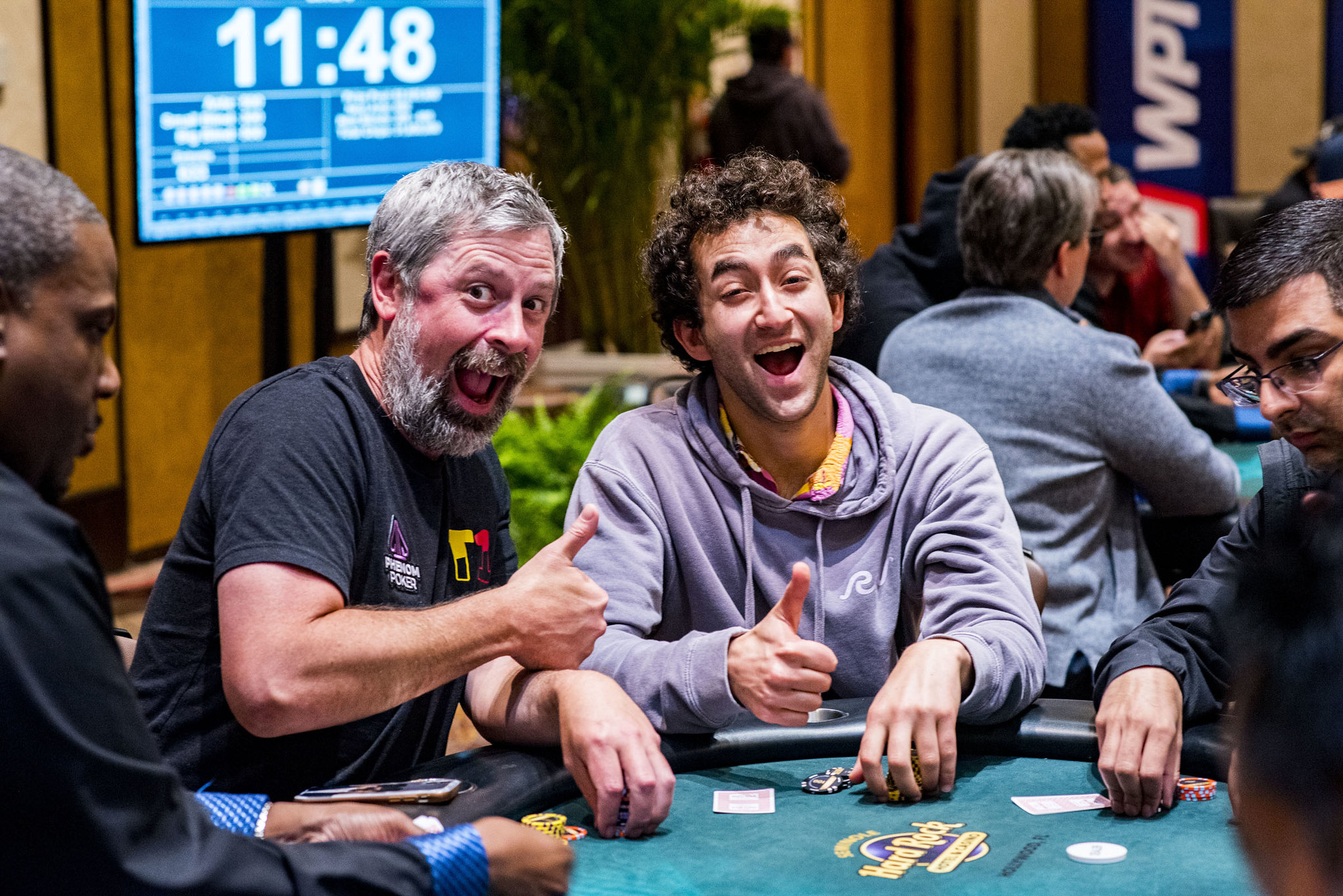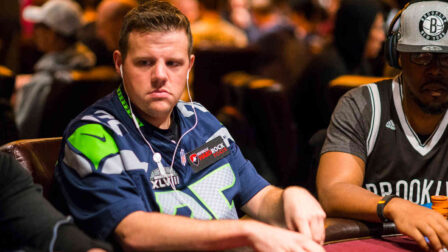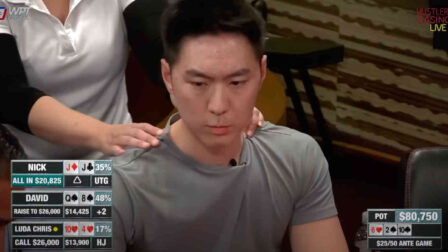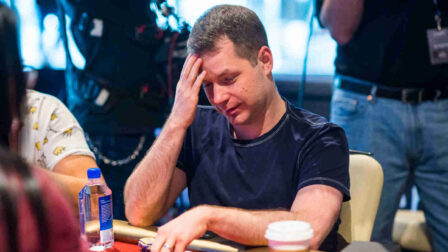THIN VALUE BETTING: Strategy To Maximize Your Profits

7 minutes
Last Updated: March 19, 2024
Thin Value Betting Strategy: Maximizing Your Profits
The ultimate goal when sitting at the poker table is making as much money as possible. Even if you only play for fun and define yourself as more of a recreational player, you still want to win as much as possible. How much you win, be it in terms of hourly or in terms of your ROI, is the measure of how successful you are in the long run.
When you're seated at the table, whether you play Texas Holdem or different poker games, you'll often find yourself in spots on the river where you're uncertain whether to go for another bet or simply check it down and (hopefully) take the pot as it stands. Many players are content to just check the hand down and take what's in the middle. The best players, however, never miss a chance to go for value. This is what the thing called “value betting” is all about.
Understanding the Basic Premise of a Thin Value Bet
When you find yourself in a hand, your ultimate goal is to win as many chips from your opponent as you possibly can, be it by forcing them to fold by betting or getting them to pay when you have the best hand. However, there are situations where you aren't certain if you actually have the best hand on the river and need to make a choice between betting and checking.
In these spots, you should go for a thin value bet when your hand is likely to be ahead of your opponent's range. Of course, this can be hard to calculate on the spot but you should be able to put your opponent on a certain range of hands by the river and have a pretty good idea of when your hand is likely to be good.
Obviously, you also have to consider is there any poker hands that you can beat in your opponent's range, with which he is willing to call another bet. In some spots, where another player can have an extremely polarized range or NUT type hands and complete air (mostly just missed draws), you should not be looking to value bet think, cause it does not make much sense.
There are several different types of scenarios where the thin value bet comes into play and we'll look into some of them in this article. Through examples and explanations, you should be able to expand your value betting range on the river, effectively increasing your win-rate and EV.
Thin Value Bets Based on the Board Runout
One fairly common scenario where thin value betting comes into play is where you bet the flop and turn with a decent hand (like a top pair or even a second pair with the top kicker) on a board that features a lot of draws. When your opponent checks to you, you need to decide whether to check back or go for value and your decision should be based on the card that hits the river.
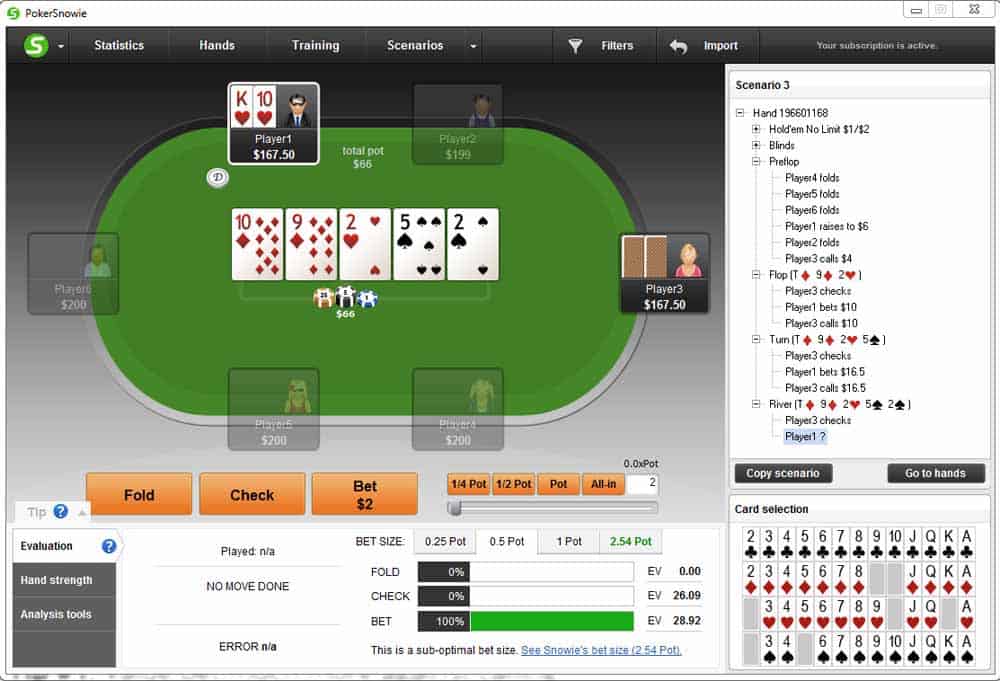
In the above scenario, the opponent checked to us twice and we bet both streets, i.e. the flop and the turn. When the river bricks off with the 2s, PokerSnowie suggests betting around half of the pot 100% of the time for value. There are really not that many holdings our opponent can have that are ahead of our hand here, so there is no reason not to go for value in this spot. In fact, some players would even argue that this isn’t even a thin value bet but a straight up value bet. However, every time you get to a river with just one pair, barreling all three streets can be observed as somewhat thin (albeit correct).
The logic that some players seem to apply in these spots is that you’ll never get called by worse, which is usually just an excuse to take the easy way out and check behind. The fact of the matter is, you might get looked up with a variety of hands.
- Your opponent might put you on a missed draw and call with a weak hand
- They might have a decent hand they struggle to fold (like 10J-suited)
So, these are the reasons to go for a thin value bet in this particular spot. When your hand is likely to be good on the river, you need to go for it and bet out. In the long run, this will make you money, even if you make a few mistakes or bad reads along the way.
Now, if we look at the same scenario but with a different river card:
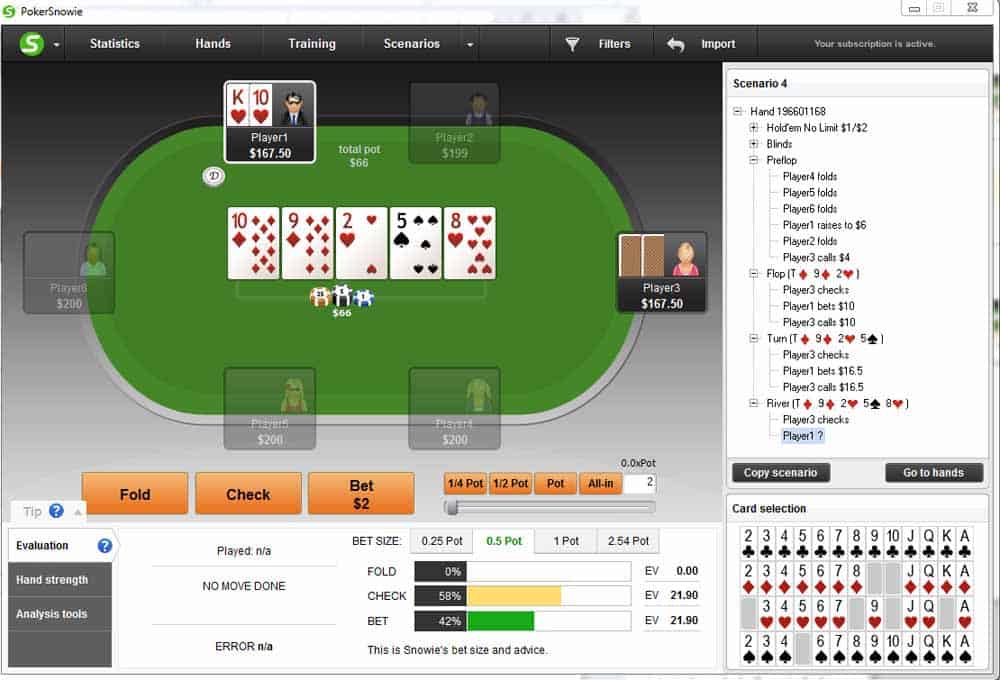
Get PokerSnowie FREE Trial and try it yourself!
We see that PokerSnowie recommends checking back 58% of the time, while betting for value 42%. The 8h isn’t the card we particularly want to see on the river as it completes some draws and makes some two pair hands, but it still isn’t a slam-dunk check back. Even if the river card is somewhat scary, you should still be able to find a thin value bet some percentage of the time.
Of course, if the river is an absolute nightmare, like 8d or Jd, you should simply check back and take your hand to a showdown, because there are very few hands you can realistically expect to get called by and still be ahead.
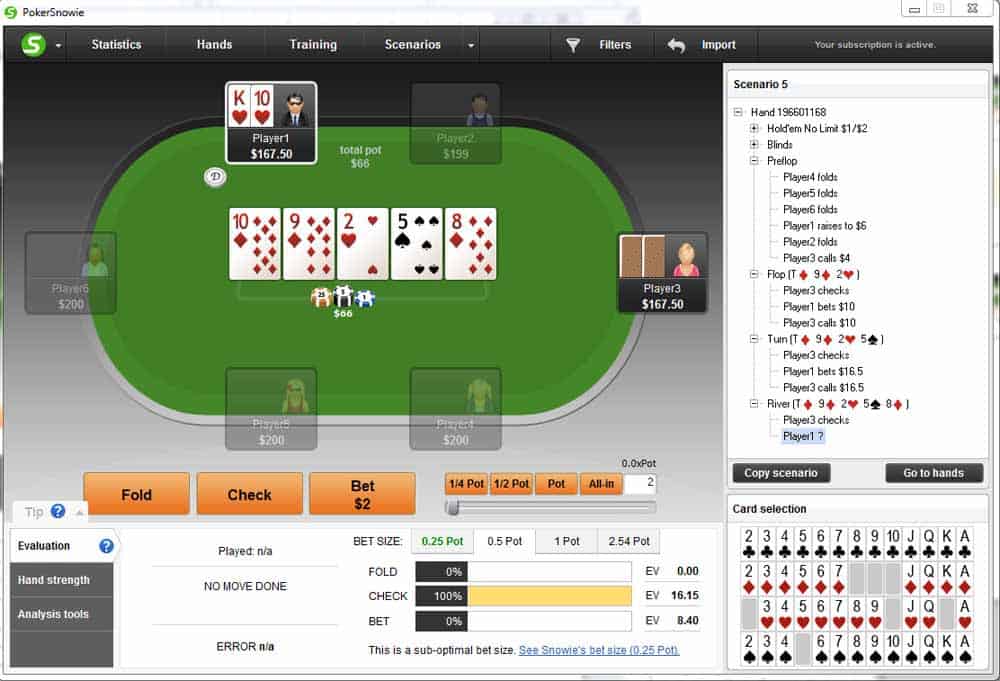
Expanding Your Value Range vs. Calling Stations
There are certain players who just hate folding. In Texas Hold’em, we usually refer to them as calling stations because they’ll just call you down with almost any piece of the board regardless of how much you bet. If they decide their hand is good on the flop, they’ll likely see you on the river.
Playing against calling stations can be annoying if you don’t adjust properly. Trying to bluff these players is a losing proposition because they just won’t fold. So, by bluffing them, you’re just throwing money away, praying that they may find the fold somehow, which just doesn’t happen with a high enough frequency to make your bluffs profitable.
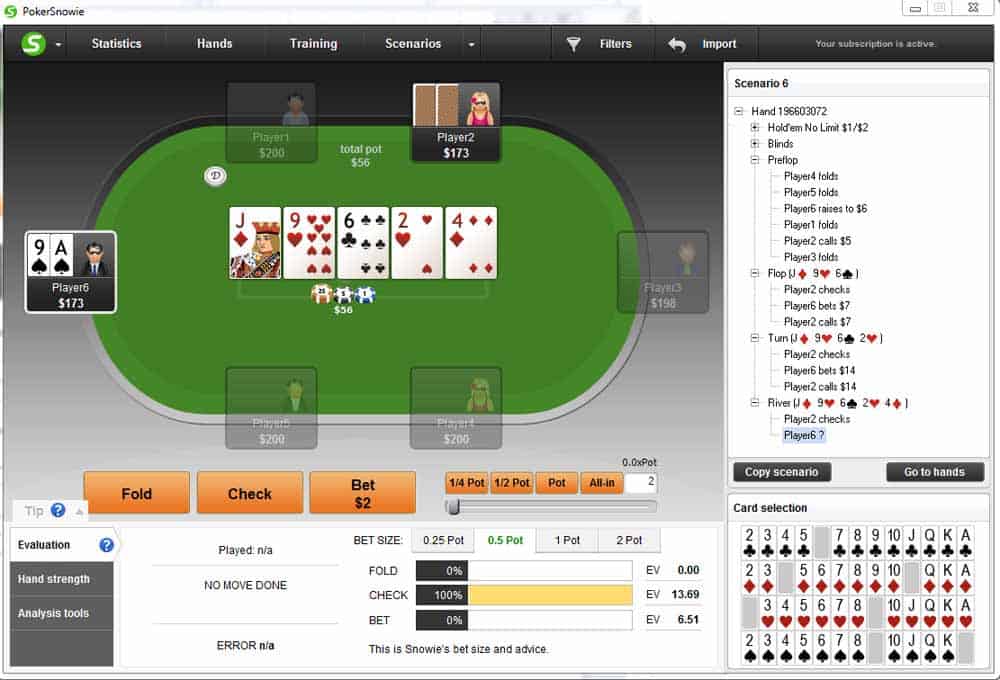
Get PokerSnowie FREE Trial and try it yourself!
The adjustment you do need to make against these players is to actually widen your value betting range and not be afraid to go for some really thing value. If someone is showing a propensity to get to a showdown with a 3rd or 4th pair, it means that your solid 2nd pair becomes a legitimate value betting hand.
This is the type of runout where you’d be incentivized to for a thin value bet against someone you have pegged down as a calling station. Whether you have this information from Hold’em Manager or simply have a live read you trust, you need to be able to go for the full value against these players.
In the above scenario, we bet on the flop and turn and got called both times. Against most players, even a turn bet would be somewhat questionable, but the river bet would hardly accomplish anything. You have many better hands to value bet with and turning this hand into a bluff would not make any sense as well, so checking is your best option.
Calling stations, however, might decide to just throw in a call with a hand like 67 or 89. If they believed their hand was good on the flop and the board didn’t become much scarier, they’ll struggle to find a reason to lay it down. Of course, you’ll need a pretty good read to go for these types of thin value bets, but trusting your reads and stats is an essential part of poker. Don’t be afraid to go for it if you have a good reason to believe you’re ahead and have a decent chance of getting paid!
Take Value Wherever You Can Find It
Going for a thin value in some of these tricky spots can be a scary proposition, which is why most players tend to take the safe option and go for a check. However, if you’re striving to improve your game and get ahead of the crowd, implementing thin value bets is one of core advanced strategies you’ll need to adopt.
Your fellow players might struggle with understanding what it is that you’re doing, especially in live games, but don’t let this discourage you. Just because they don’t understand it or they’d never do it doesn’t mean your strategy isn’t sound. Implementing thin value bets in your game is guaranteed to boost your win-rate if done correctly.
Of course, there will be some bumps along the road and you might make a bad read every now and then. Don’t let this discourage you. It’s all part of the game!
Summary:
- Value bet thin on boards with many missed draws
- Avoid betting for thin value when the flush o straight draw completes on the river
- Expand your betting range against “calling stations”
- Adjust your strategy against different players based on your observations









